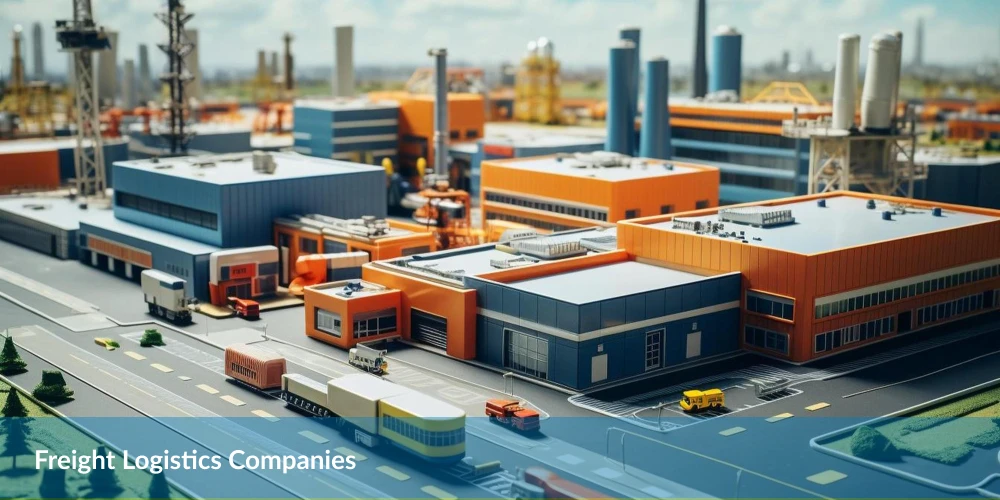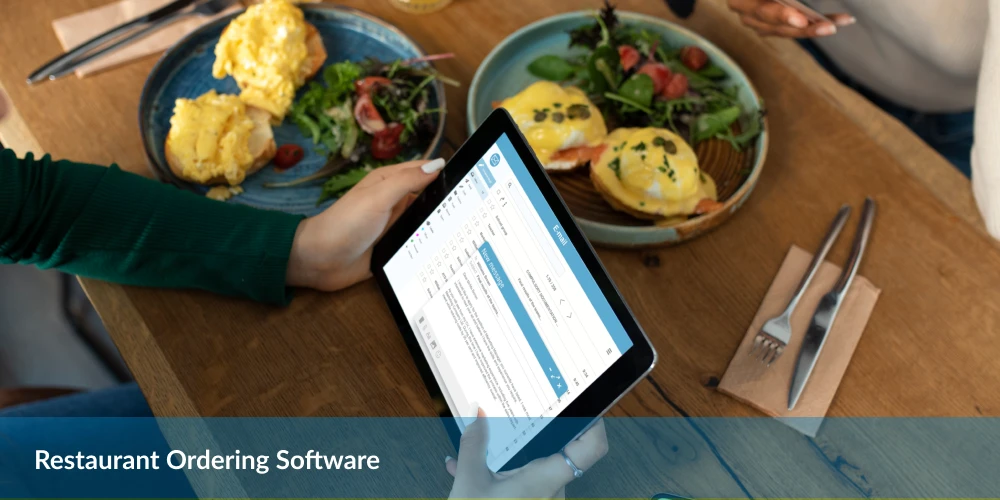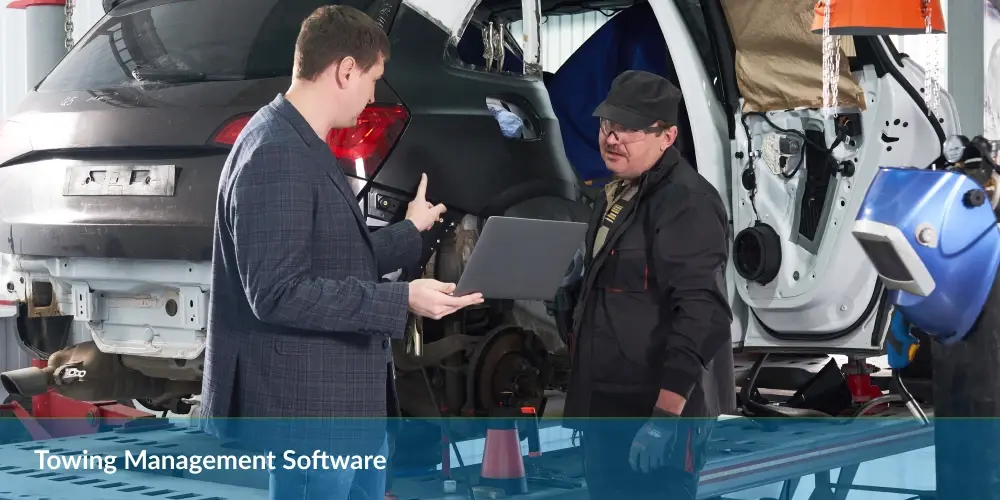Table of Contents
The push toward a complete digital transformation has changed consumers’ behaviors and demands. Nowadays, they want convenient and accessible services from businesses. Hence, the on-demand delivery business model is gaining momentum globally for it provides consumers immediate access to goods and services whenever and wherever they want.
As the on-demand economy market continues to grow, new technologies and trends are on the horizon. More digital marketplaces and technology companies are opting to provide instant fulfillment of their customers’ demands. We now have on-demand apps for transportation, grocery and food deliveries, eCommerce, and professional services. Hence, it is high time you optimized your strategies to remain relevant and competitive in this market.
To be able to optimize strategies for increased customer demand and satisfaction, you must be aware of the popular on-demand business ideas and trends for 2021 and beyond. So, here they are and how you can improve your business strategy.
5 On-Demand Business Trends
1. Response to COVID-19 Pandemic
The COVID-19 pandemic forced many businesses to shut down their physical stores for health and safety reasons. Nonetheless, they adopted other ways to keep their operations afloat, of which one alternative was on-demand delivery services. Through the various online platforms available, businesses are able to accommodate their customers’ needs and wants while also reducing the risks of exposure.
What to do:
As the world slowly adapts to the new normal, it is clear that on-demand businesses will continue to grow in the coming years. In fact, a study by PwC predicts that the on-demand economy will reach a whopping $335 billion revenue by 2025. Hence, it is important that you come up with innovative measures to meet your customers’ demands while also prioritizing their health and safety.
2. Choice of New Industries and Markets
When you hear on-demand businesses, the first things you may think of are food deliveries, ridesharing or transportation, and retail eCommerce. But as more customers turn to online shopping, new industries and markets will resort to providing on-demand services as well.
The field of healthcare and medicine is one example. Patients nowadays can consult doctors and medical experts virtually. It paves a way for more job opportunities for highly qualified people who can offer their services through on-demand service apps.
What to do:
You can even enter the on-demand economy with the best engineering degree in hand. The field of engineering is vast after all—construction, medicine, technology, and communication. Hence, you can offer various professional services to your customers on-demand.
3. Widespread Use of On-Demand Delivery Apps
With new markets emerging in the on-demand economy, it only follows that the use of on-demand applications and platforms will become even more widespread.
What to do:
Therefore, explore what types of software solutions you can use to boost your on-demand businesses. By leveraging the right technologies, you can further streamline and expand your operations.
Nowadays, there are numerous options to choose from such as NetworkON. It provides you with the tools you need to optimize your on-demand delivery operations like live tracking of orders, fleet management, data and analytics, and automation. Through this delivery management software, you can start learning how to start an on-demand business in just a few clicks.
4. Tighter Securities and Background Checks
Through on-demand deliveries, customers can choose to have contactless deliveries. While this type of transaction is convenient for both you and your consumers, it also has its own risks. For one, you can fall into frauds and scams. Likewise, your customers can fall victim to cybersecurity threats such as hacking and identity theft.
What to do:
Protect your business and your customers by tightening your security protocols in your on-demand apps and operations. One way to do that is through rigorous background checks. You can ask customers for a valid identification ID to verify their accounts and transactions. Moreover, make sure to invest in reliable and credible platforms to avoid data breaches and get the most out of your on-demand delivery app.
5. Better Data and Analytics
Artificial intelligence and machine learning have become more accessible to businesses than ever. In fact, many on-demand service apps are incorporating these technologies into their systems to provide you with better data mining and analysis for your operations.
What to do:
With the help of such data, you can create a personalized user experience for your customers. It gives you insights into their behaviors, preferences, and demands which you can use to deepen your relationships with your customers. As a result, you can offer personalized discounts, recommendations, and promos. Also, you can use data to find out more about the latest trends in the market and find the best on-demand delivery business ideas for your brand.
Time to Be On-Demand
The on-demand economy is on the rise and changing the way businesses interact with their customers. As a result, more brands are starting to join in the momentum. So if you don’t already know what an on-demand business means, it is high time you explored how these latest trends can revolutionize the way your business operates. You can start by checking out NetworkON.





0 Conversations